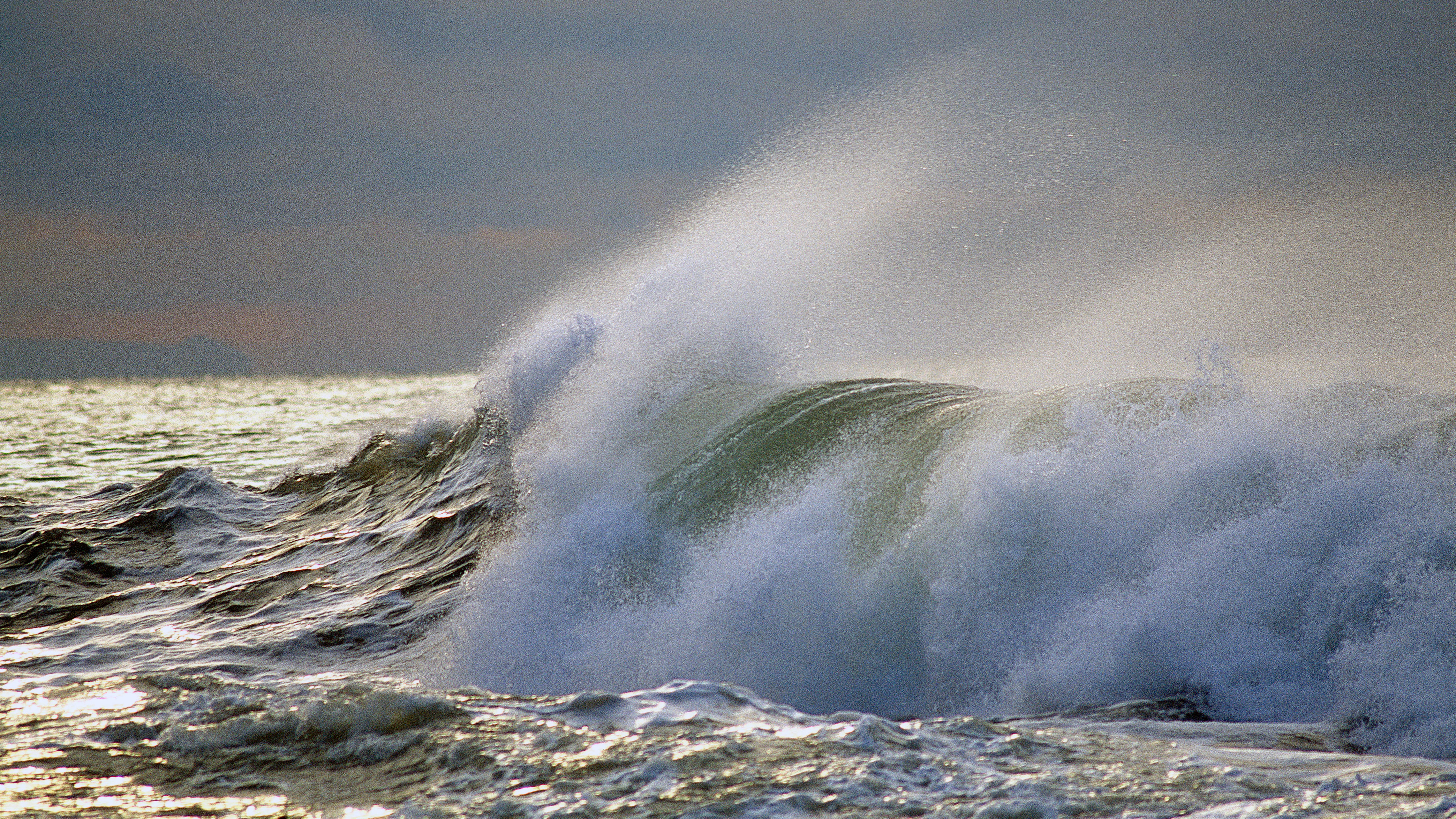
Scientists have discovered a previously undetected water mass in the middle of the Atlantic Ocean: a gigantic body of water stretching across the Atlantic from the tip of Brazil to the Gulf of Guinea, near West Africa.
The water mass, named the Atlantic Equatorial Water, forms along the equator as ocean currents mix separate bodies of water to the north and south.
Until the Atlantic Equatorial Water's discovery, scientists had spotted waters mixing along the equator in the Pacific and Indian oceans, but never in the Atlantic. The researchers published their findings Oct. 28 in the journal Geophysical Research Letters.
Related: Gulf Stream weakening now 99% certain, and ramifications will be global
"It seemed controversial that the equatorial water mass is present in the Pacific and Indian oceans but missing in the Atlantic Ocean because the equatorial circulation and mixing in all three oceans have common features," Viktor Zhurbas, a physicist and oceanologist at The Shirshov Institute of Oceanology in Moscow, told Live Science in an email. "The identified new water mass has allowed us to complete (or at least more accurately describe) the phenomenological pattern of basic water masses of the World Ocean."
Far from being the same everywhere, ocean water is a vast patchwork of interconnected masses and layers, mixed together and split apart again by currents, eddies, and changes to temperature and salinity.
Water masses are the distinct parts of this motley arrangement; each body of water has a shared geography, formation history and common physical properties, such as density and dissolved isotopes of oxygen, nitrate and phosphate.
To distinguish water masses, oceanographers chart the relationship between temperature and salinity across the ocean — two measurements that combine to determine the density of seawater.
In 1942, this temperature-salinity charting led to the discovery of equatorial waters in the Pacific and Indian oceans. Formed from the mixing of waters to the north and south, both the Indian and Pacific Equatorial waters have temperatures and salinities curving along lines of constant density that are easily distinguishable from the surrounding water. Yet no such relationship could be spotted in the Atlantic.
To search for the missing water mass, the scientists combed through data collected by the Argo program, an international array of robotic, self-submerging floats scattered across the world's oceans.
After analyzing the data collected by this floating array, the researchers spotted an unnoticed temperature-salinity curve nestled parallel to the curves marking out the North Atlantic and South Atlantic Central waters to the north and south: the Atlantic Equatorial Water.
"It was easy to confuse the Atlantic Equatorial Water with the South Atlantic Central Water, and in order to distinguish them it was necessary to have a fairly dense network of vertical temperature and salinity profiles covering the entire Atlantic Ocean," Zhurbas said.
Now that the water mass has been identified, it will give scientists a better understanding of the ocean's mixing processes, which are vital to the oceans' transport of heat, oxygen and nutrients around the globe, Zhurbas said.







